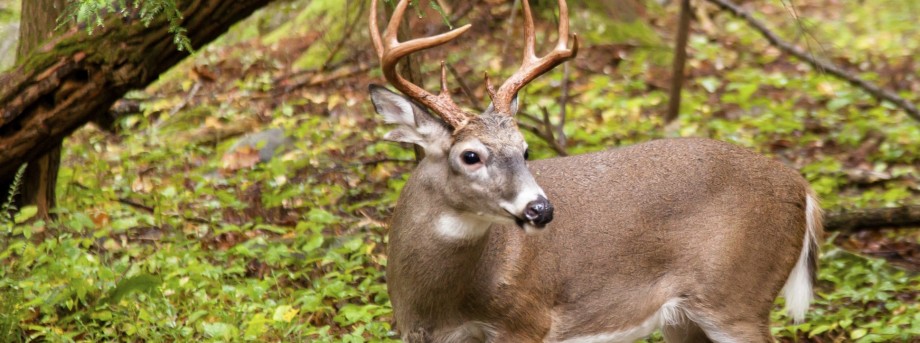The University of Nottingham
 Exchange online
Exchange online
Research Exchange
Wildlife disease detectives meet to discuss results

Rabies, bird flu and Bovine TB — these are just three diseases on the long list of pathogens which pose a threat to animal and human health. A majority of animal and/or human diseases that have appeared in recent decades originate from wildlife. Deer, wild boar, rodents and hares are among the species listed by a specialist team for investigation of a range of diseases.
The WildTech project has been established specifically to address the increasing prevalence of new and emerging wildlife diseases that have clear implications for livestock and human health across the globe.
This international project led by experts at The University of Nottingham’s School of Veterinary Medicine and Science (SVMS), will report its findings at a special project dissemination workshop being held at the Holiday Inn, Heathrow on Friday 20 September 2013.
The €6m project has been funded by the EU under the 7th Framework Programme. It has brought together a worldwide network of wildlife specialists, and is now in its final stages. It will also hold two sponsored sessions at the Global Risk Forum One Health Summit in Davos, Switzerland in November.
Since the project was established in 2009 the team has:
- Developed new technology which will enable screening of individual wildlife samples for multiple infectious agents.
- Carried out epidemiological analysis of historical and new field data to assess the incidence, prevalence and geographic distribution of current wildlife diseases to determine the potential risk for the emergence of new diseases.
- Developed an online resource for comprehensive and accessible information on wildlife diseases.
- Established a bioinformatics centre for probe design, probe database and online data analysis.
- Established a network of specialists in diagnostic technology, bioinformatics and wildlife health for emerging diseases of wildlife in Europe with links across the world.
The aim of WildTech is to prevent and/or limit disease spread between wild animals as well as to farm livestock and humans. WildTech has worked closely with the World Organisation for Animal Health (OIE) and government bodies to develop tools which can be used in an effective pan-European surveillance system with the clear potential for impact at a global level.
Historically, many of the European states have carried out sampling and analyses of samples from wildlife in order to determine the occurrence of particular diseases or as a part of their general surveillance of infectious diseases in animals including farm livestock. Although some of these diagnostic tests were carried out to the standards required for OIE reference laboratories (standard operating procedures and tests), many of them were not and often, work was restricted within community boundaries. Hence it was very difficult to monitor disease spread across the EU and beyond. There was therefore, an urgent need to design a sampling and testing system that was robust and could serve both as a pan-European diagnostic aid and as the basis for disease mapping and control. This is the function of WildTech.
Professor Duncan Hannant, an expert in applied immunology and the project co-ordinator, said: “This project has placed the EU at the centre of wildlife disease surveillance. We need to be aware of every potential threat and with the help of new diagnostic technology which we have developed we are now better prepared to deal with the changing distribution of new and existing wildlife diseases which could pose a real danger to humans. The key to this project’s success has been the development and application of new techniques for rapid and accurate diagnosis of infectious diseases in wildlife and other animals.”
WildTech has 13 international Partners (including Canada) and approximately 37 associate and collaborative Partners from across Europe and beyond, who are closely integrated in to the project. Collaborative links with USA, Russia and the far-East are important components of the programme.
For more information visit the WildTech website.
Leave a Reply
Other News

Top prize for quantum physicist
A University of Nottingham physicist has won a prestigious medal from the Institute of Physics for […]

Zero carbon HOUSE designed and built by students comes home
Design and construct a low cost, zero carbon, family starter home, transport it to Spain, build […]